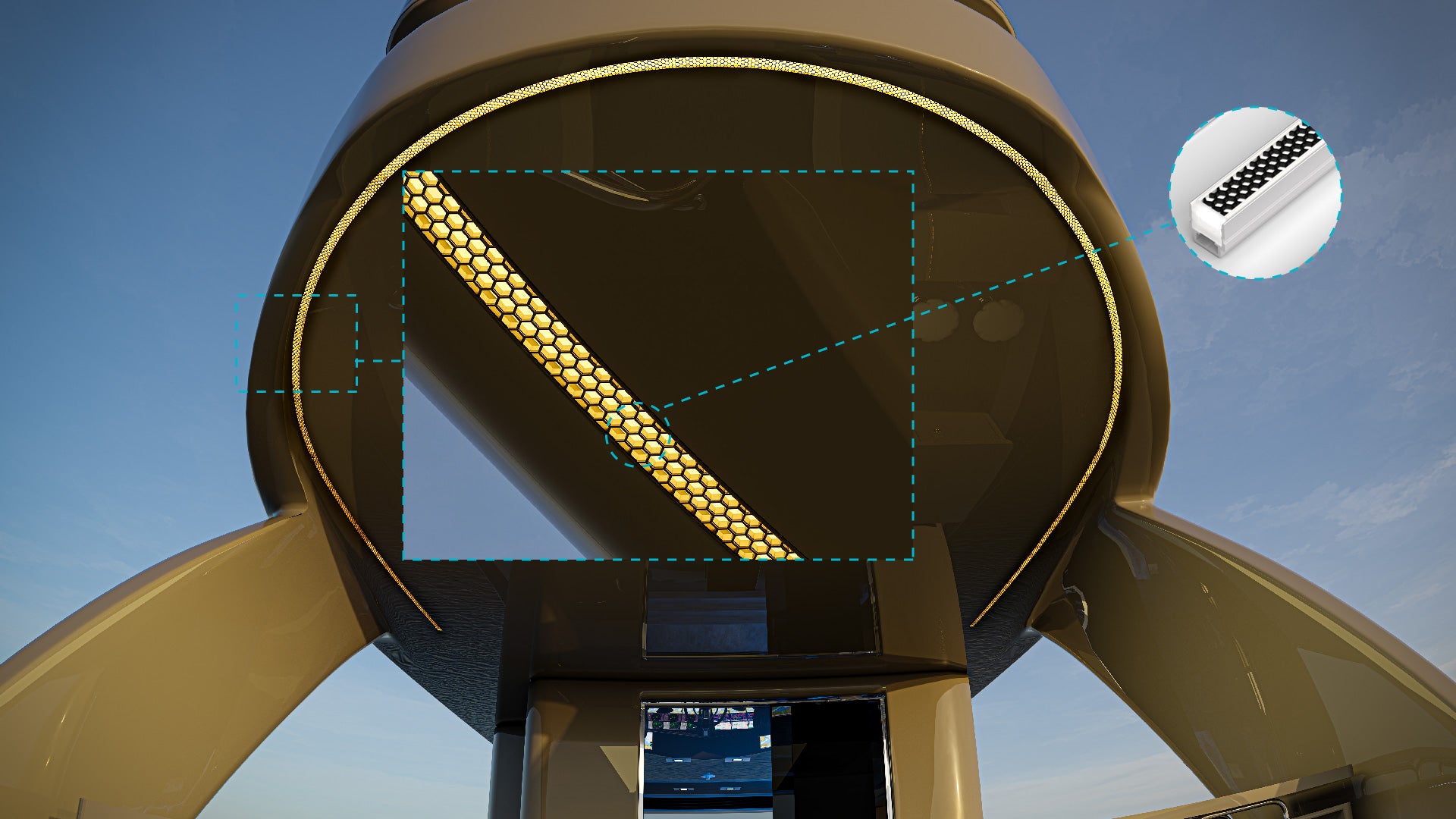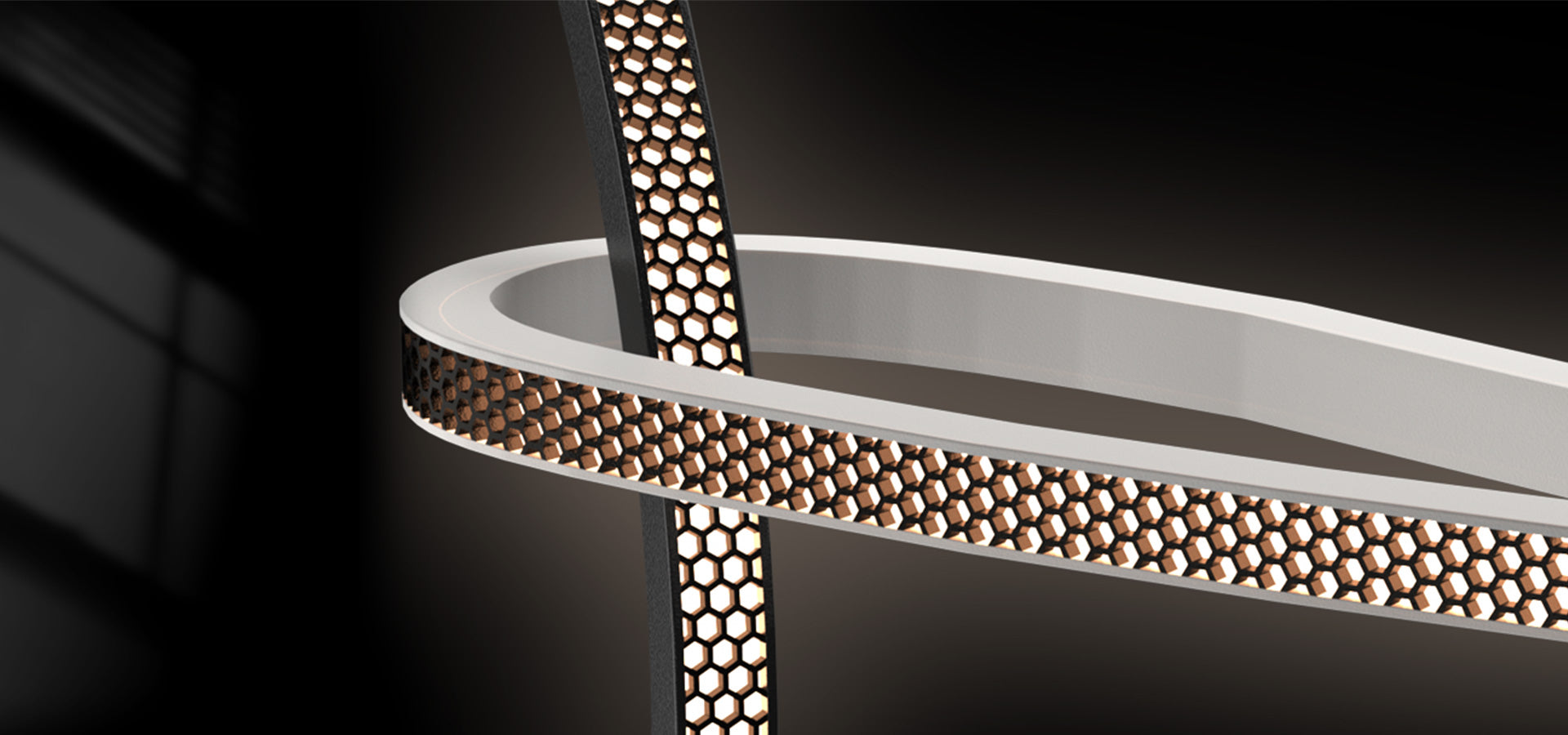Educational institutions, from primary schools to universities, are constantly seeking ways to create better learning environments while reducing operational costs. LED lighting offers a transformative solution, improving energy efficiency, enhancing student performance, and providing a safer campus experience.
Improved Learning Environments
Adjustable Lighting for Classrooms
Classrooms require lighting that enhances focus and minimizes distractions. LED lighting offers adjustable brightness and color temperature, allowing teachers to create the ideal learning environment. In early education, warmer lighting can create a comforting atmosphere, while in lecture halls or science labs, brighter, cooler lighting helps students focus on detailed work.
Reducing Eye Strain for Students and Teachers
Eye strain from inadequate lighting is a common issue in educational environments. LED lights provide uniform, glare-free illumination, reducing eye fatigue for both students and teachers. This contributes to a more comfortable learning experience, particularly in settings where students spend long hours reading or working at computers.
Creating Flexible Lighting for Different Activities
Educational institutions host a variety of activities, from exams and lectures to performances and events. LED lighting systems offer the flexibility to adapt to each scenario, whether it's dimming the lights for a presentation or brightening them for an exam. This adaptability enhances the functionality of the learning spaces.
Energy Efficiency and Cost Savings
Reduced Energy Consumption
Educational institutions, particularly large campuses, use vast amounts of energy to keep their buildings lit. LED lighting consumes up to 75% less energy than traditional lighting solutions like fluorescent bulbs, providing significant cost savings. These savings can then be reallocated to fund educational programs or campus improvements.
Long Lifespan and Reduced Maintenance
LED lights last up to 25 times longer than traditional bulbs, significantly reducing the need for replacements. This extended lifespan minimizes maintenance disruptions, ensuring that classrooms and common areas remain well-lit without constant bulb replacements. For schools operating on tight budgets, these savings are invaluable.
Supporting Environmental Initiatives
Many educational institutions are committed to sustainability, and LED lighting helps them achieve these goals. By reducing energy consumption and eliminating hazardous materials like mercury (found in traditional bulbs), LEDs support eco-friendly practices and help schools reduce their carbon footprint.
Enhanced Safety and Security
Improved Lighting for Hallways and Common Areas
Safety is a top concern for schools and universities. Well-lit hallways, stairwells, and common areas are essential for preventing accidents and ensuring students can move safely across campus. LED lighting provides bright, even illumination that enhances visibility, reducing the risk of slips, trips, and other accidents.
Security Lighting for Outdoor Spaces
In outdoor areas such as parking lots, walkways, and sports fields, LED lighting improves security by increasing visibility and deterring potential threats. Motion-sensing LEDs can automatically light up when movement is detected, ensuring that energy is only used when necessary, while still maintaining a safe environment for students and staff.
Emergency and Backup Lighting
LED lights are ideal for use in emergency systems, such as exit signs and backup lighting during power outages. Their reliability and low energy consumption ensure that students and staff are kept safe, even in critical situations. LEDs also perform well in extreme weather conditions, making them ideal for outdoor emergency lighting.
Sustainability and Environmental Responsibility
Reducing the School’s Carbon Footprint
Switching to LED lighting helps schools meet their environmental goals by lowering energy consumption and greenhouse gas emissions. By adopting LED technology, educational institutions can significantly reduce their environmental impact and set an example of sustainability for students and the community.
Mercury-Free and Safe Disposal
Traditional lighting systems, such as fluorescent bulbs, often contain hazardous materials like mercury. LEDs, on the other hand, are mercury-free, making them safer for both the environment and the individuals handling them. This reduces the environmental risk associated with disposal and ensures that schools are promoting safe practices.
Versatile Applications Across Campus
Classroom Lighting Tailored for Learning
In classrooms, LED lights can be customized to meet the needs of students and teachers. Bright, focused lighting is ideal for reading and detailed work, while softer, ambient lighting can be used for more relaxed activities such as group discussions or creative projects. This versatility allows schools to create optimal learning conditions.
Enhanced Sports Facilities and Outdoor Areas
LED lighting is perfect for illuminating sports fields, gymnasiums, and outdoor areas. In stadiums or playgrounds, LED floodlights provide bright, even coverage, ensuring visibility for both day and night activities. For events like evening games or performances, LEDs ensure that students and spectators can enjoy the experience in a well-lit and safe environment.
Libraries and Study Areas
In libraries and study halls, where concentration is key, LED lighting can create the perfect environment for focused work. Adjustable lighting allows students to personalize their study space, ensuring they have the ideal conditions to succeed academically. Dimmable LEDs can also be used to create a quiet, calm atmosphere for late-night study sessions.
Better Technology Integration
Smart Lighting Systems for Energy Efficiency
Educational institutions are increasingly incorporating smart technologies into their operations, and LED lighting can seamlessly integrate into these systems. Smart lighting allows schools to automatically adjust lighting based on the time of day, occupancy, or specific needs, maximizing energy efficiency and reducing waste.
Real-Time Monitoring and Control
Smart LED systems also provide real-time data on energy use, enabling school administrators to monitor and optimize lighting across the campus. This level of control helps schools make informed decisions on energy management and lighting upgrades, further enhancing operational efficiency.
LED lighting is transforming educational institutions by offering better learning environments, increased safety, and significant energy savings. From classrooms to outdoor sports fields, LED lighting provides a versatile, efficient solution that enhances both the student experience and the operational efficiency of schools and universities. By adopting LED technology, educational institutions can create a brighter, more sustainable future for their students and staff.









